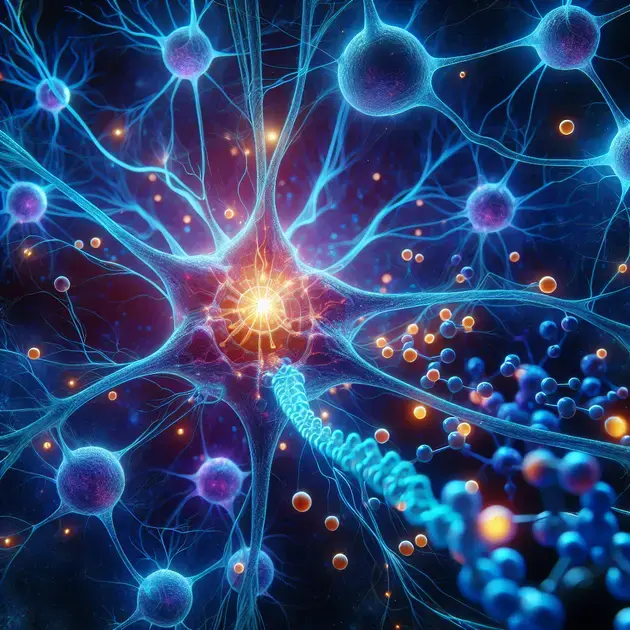Title: The Promising Link between Calcium Channels and Chronic Pain Management
Introduction:
Chronic pain is a debilitating condition affecting millions of individuals worldwide, often accompanied by limited treatment options and unpleasant side effects of existing medications. However, researchers are making significant strides in understanding the intricate mechanisms underlying pain signaling within the nervous system. Particularly, a recent study has shed light on the crucial role played by calcium channels in modulating pain signals, offering new possibilities for the development of more effective and safer drugs for chronic pain management.
Understanding the Role of Calcium Channels:
When pain signals make their way through the nervous system, proteins known as calcium channels act as conduits, facilitating the transmission of these signals. However, the exact location of specific calcium channels involved in fine-tuning the strength of pain signals has remained elusive until now. Recent breakthrough research has successfully identified the precise location of a selective calcium channel, providing invaluable insights into its potential as a target for novel pain management therapies.
Implications for Drug Development:
By uncovering the exact location of this specific calcium channel, researchers have opened up exciting avenues for drug development. Traditional pain medications often come with a plethora of side effects, including drowsiness, dependency, and nausea, among others. With this newfound knowledge, scientists can now focus their efforts on developing drugs that specifically target, modulate, or inhibit this calcium channel, thereby tailoring pain relief to be more effective and minimizing undesired side effects.
Enhancing Treatment Efficacy and Minimizing Side Effects:
Using information derived from the precise localization of this calcium channel, researchers can develop medications aimed at fine-tuning the strength of pain signals more precisely. By selectively blocking or enhancing the function of this channel, therapeutic candidates could potentially provide more targeted relief while reducing the occurrence of adverse reactions commonly associated with current pain management strategies.
Conclusion:
The identification of the specific calcium channel involved in modulating pain signals presents a promising direction in the quest for more effective and safer drugs for chronic pain management. This breakthrough could revolutionize the way chronic pain is treated, bringing relief to millions of individuals worldwide. Collaborative efforts among scientists, healthcare professionals, and pharmaceutical companies will be integral in translating this groundbreaking research into tangible treatment options, improving the quality of life for those living with chronic pain.
Proteins known as calcium channels have a crucial role in transmitting pain signals within the nervous system. Scientists have recently identified the precise position of a specific calcium channel that regulates the intensity of pain signals. This discovery opens up possibilities for the development of drugs targeting chronic pain, which can offer improved effectiveness and fewer undesirable side effects.
